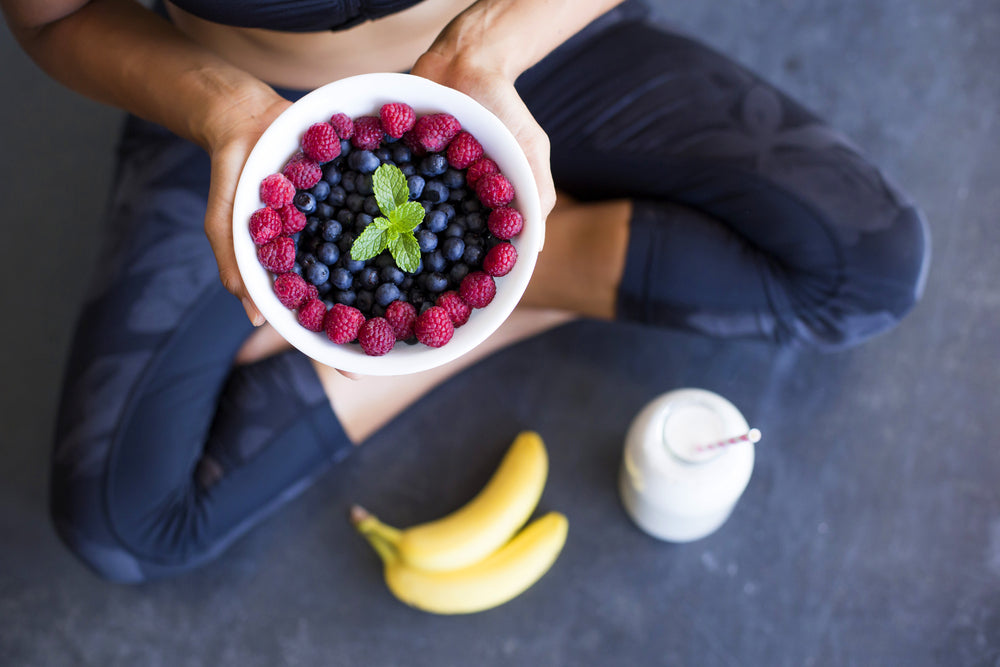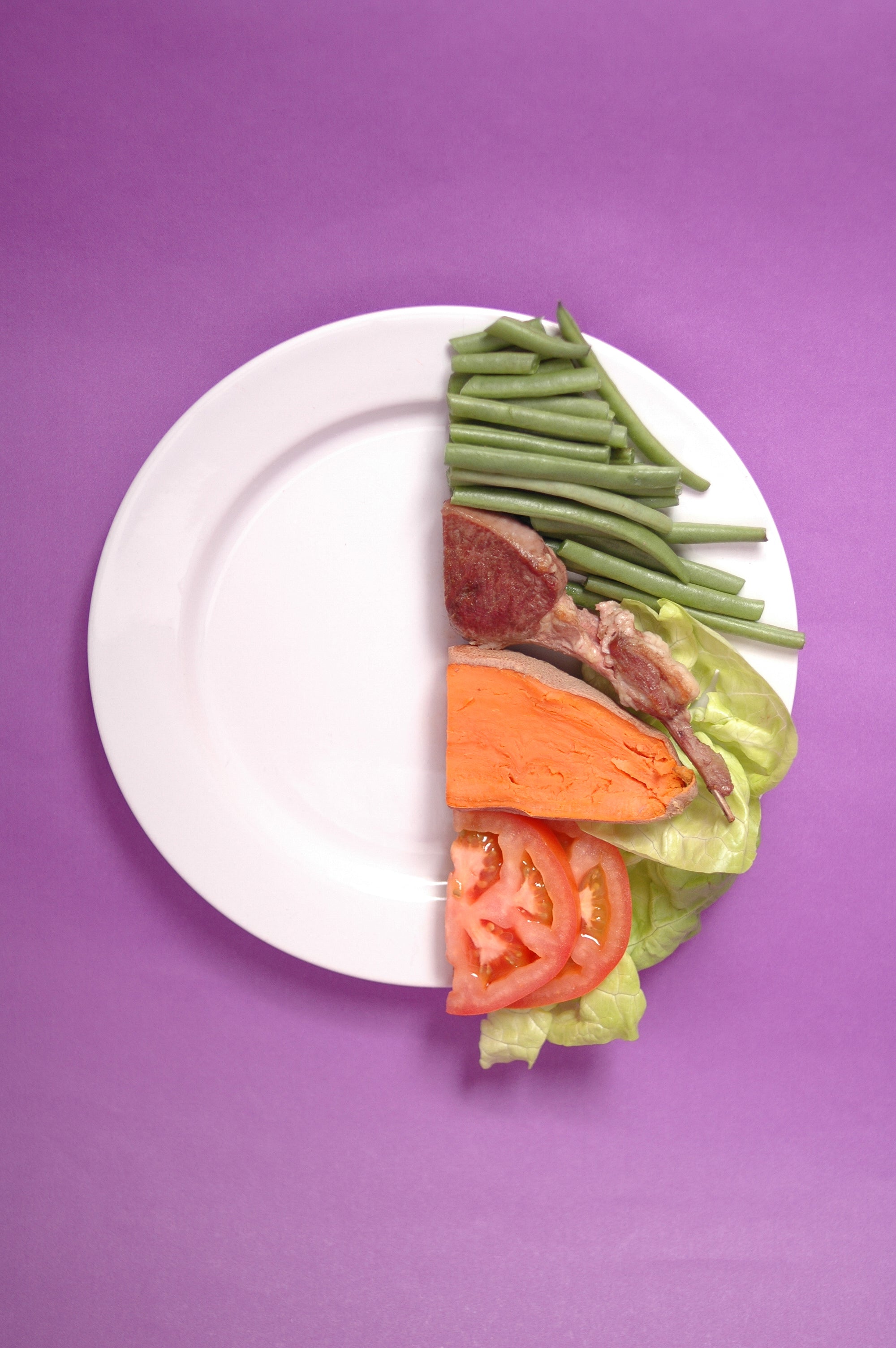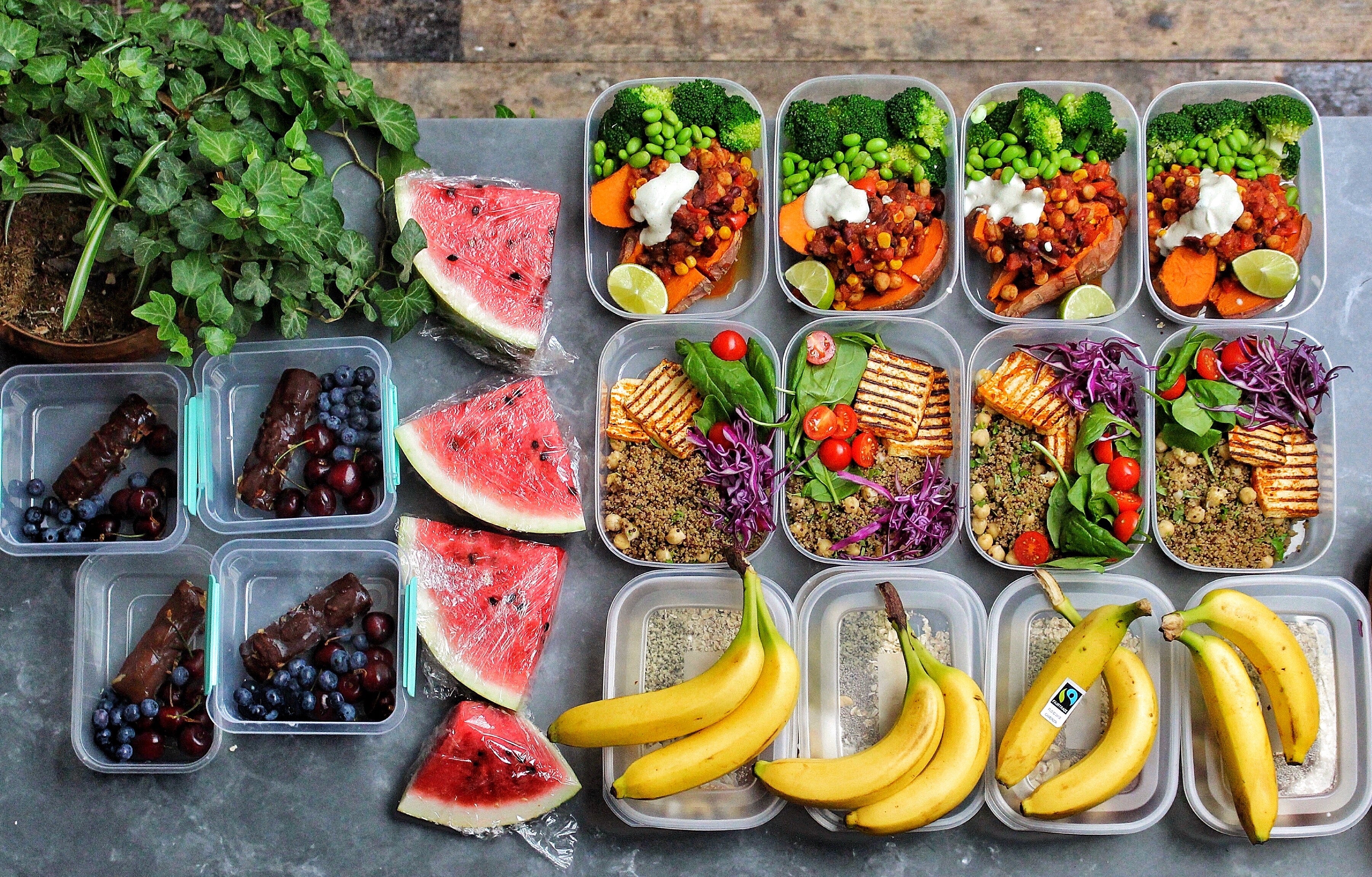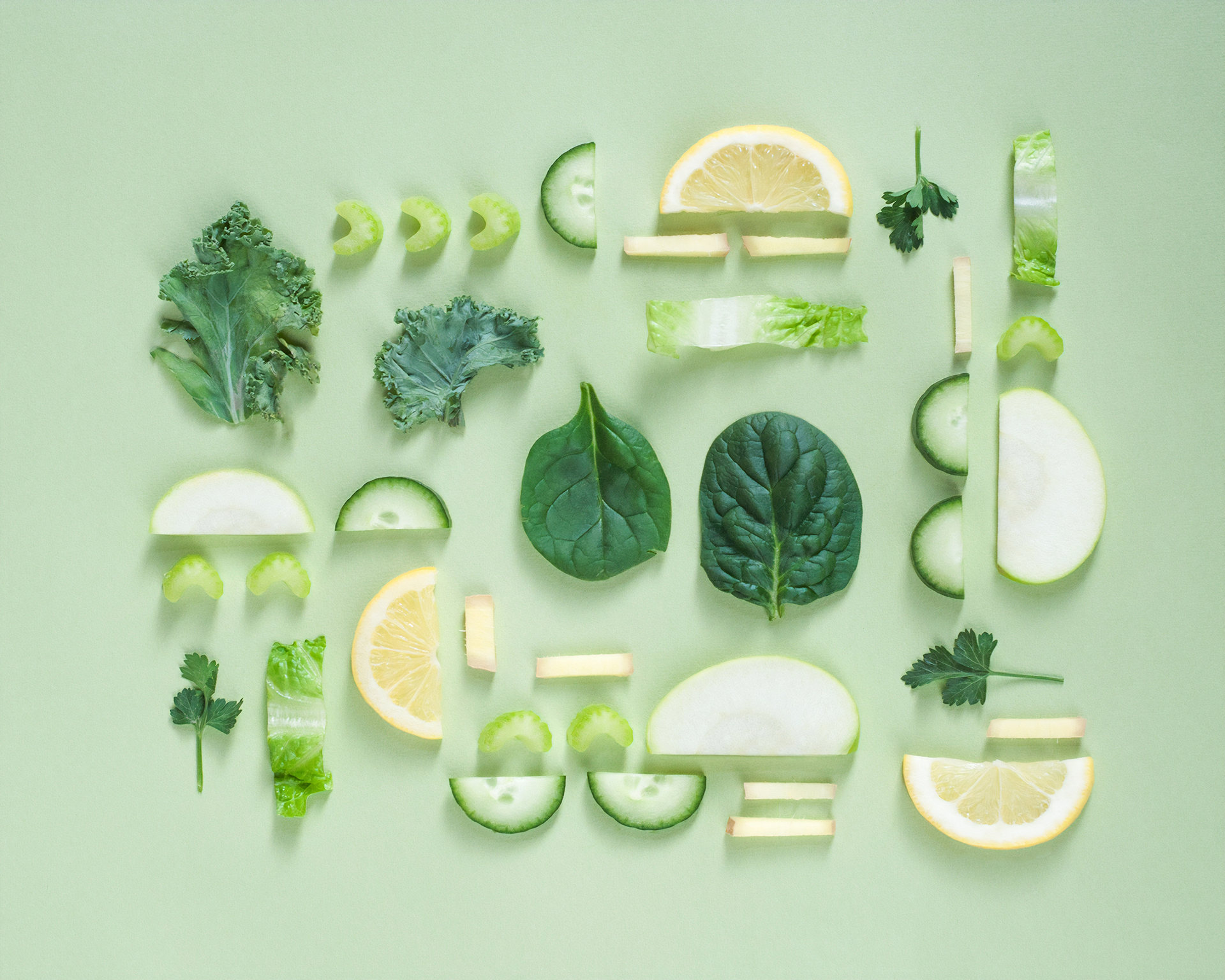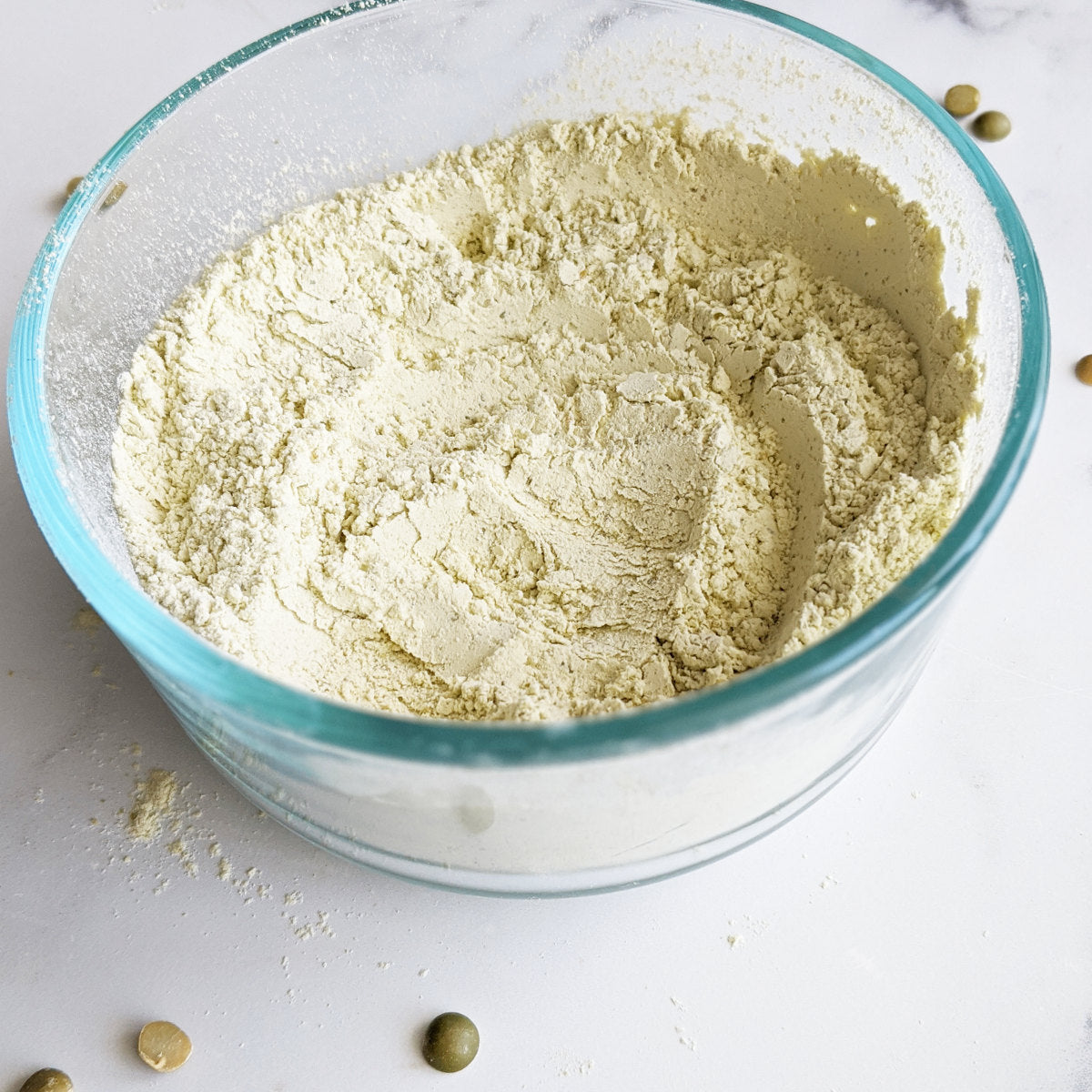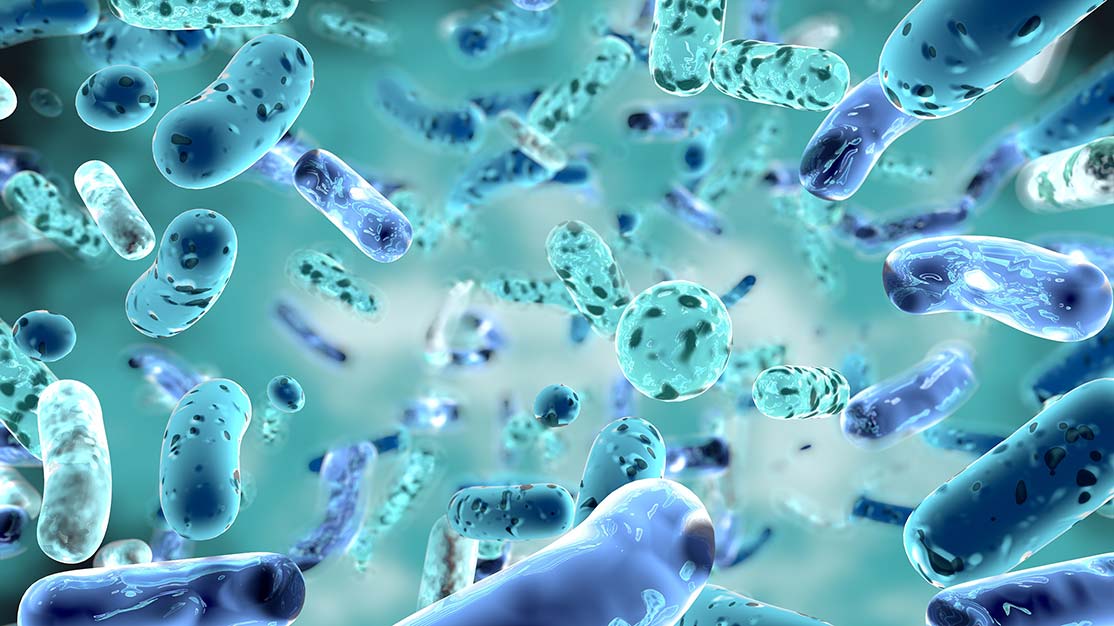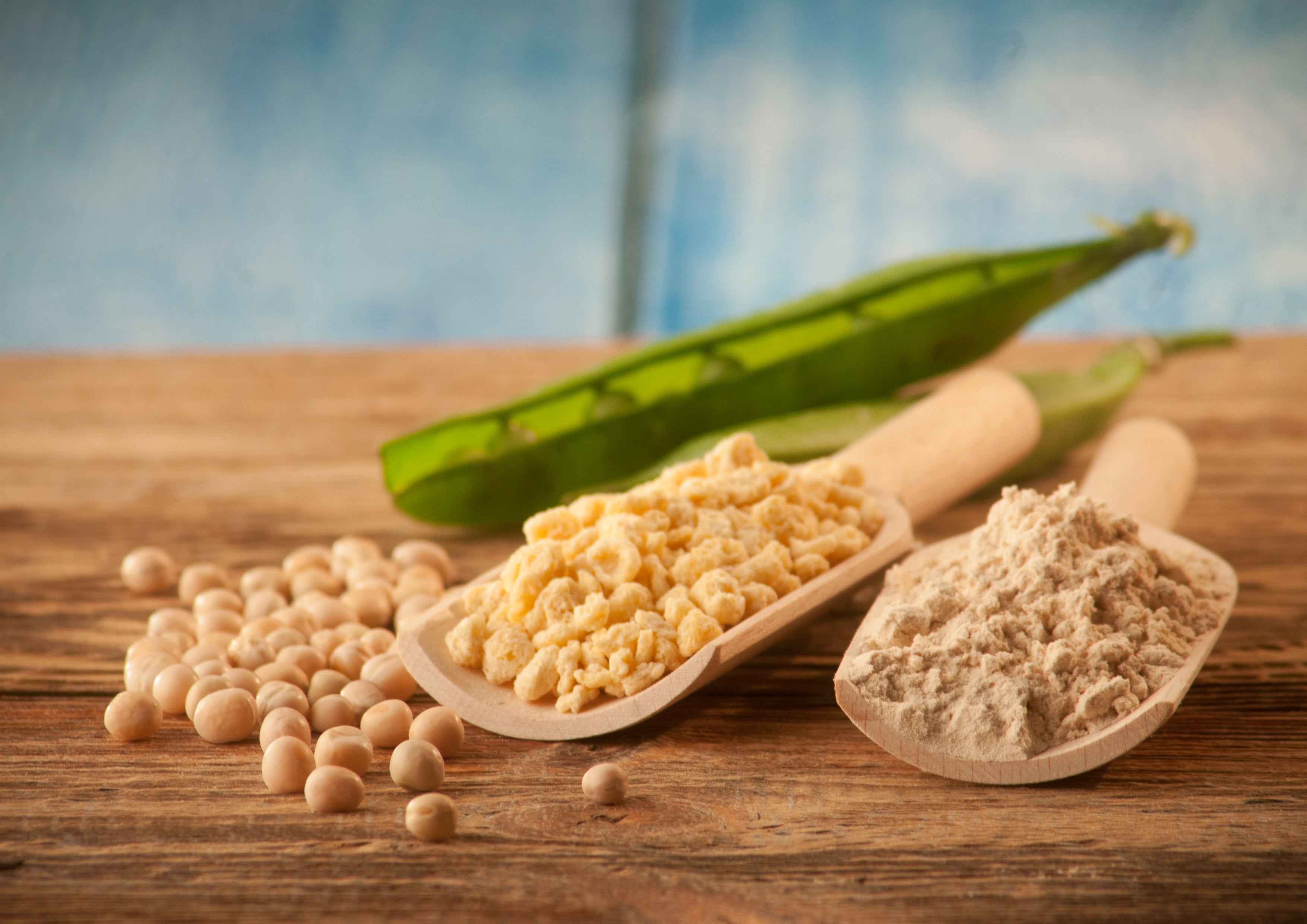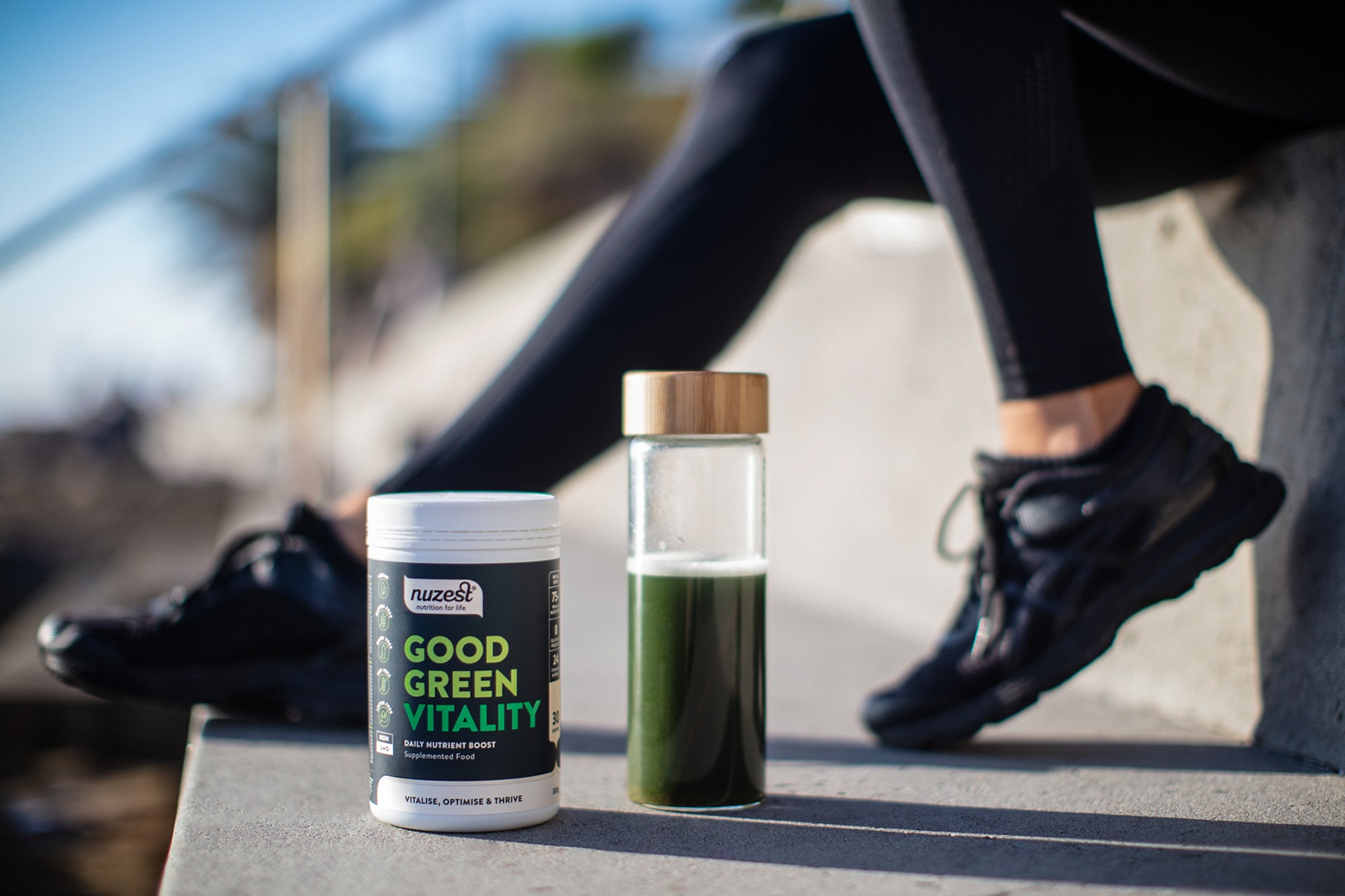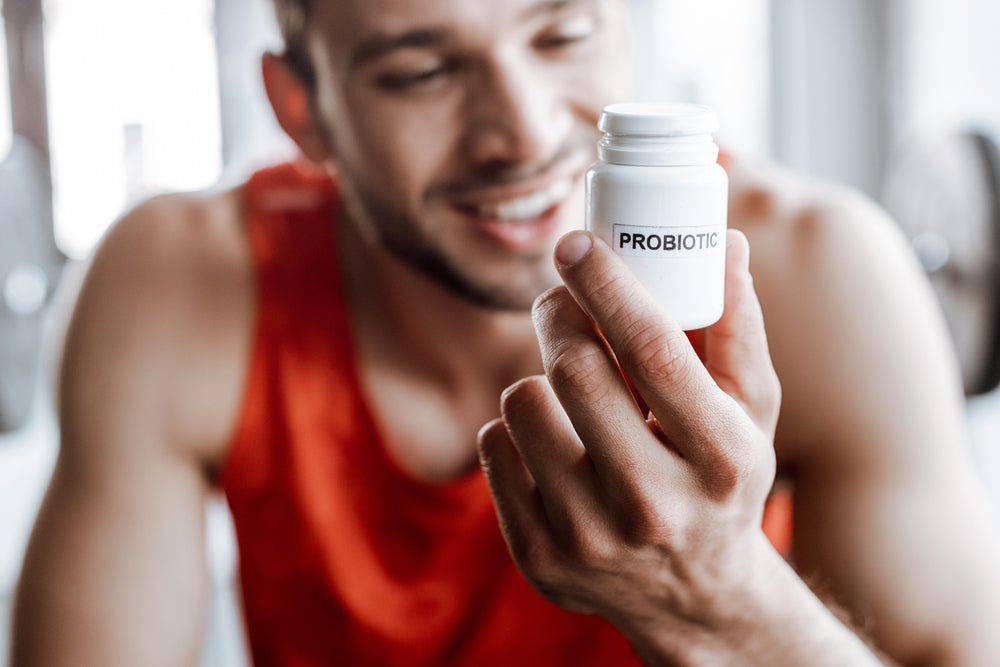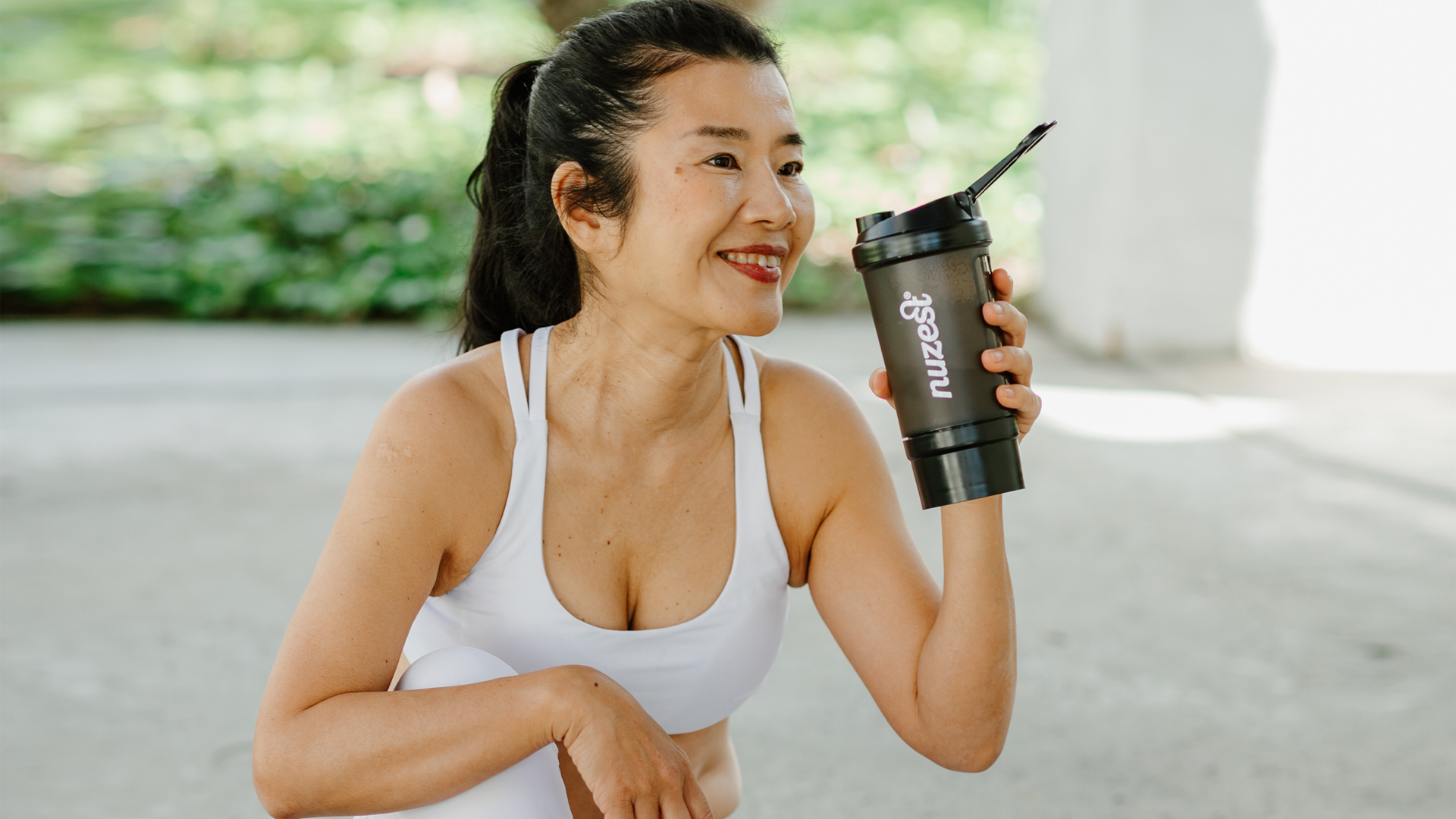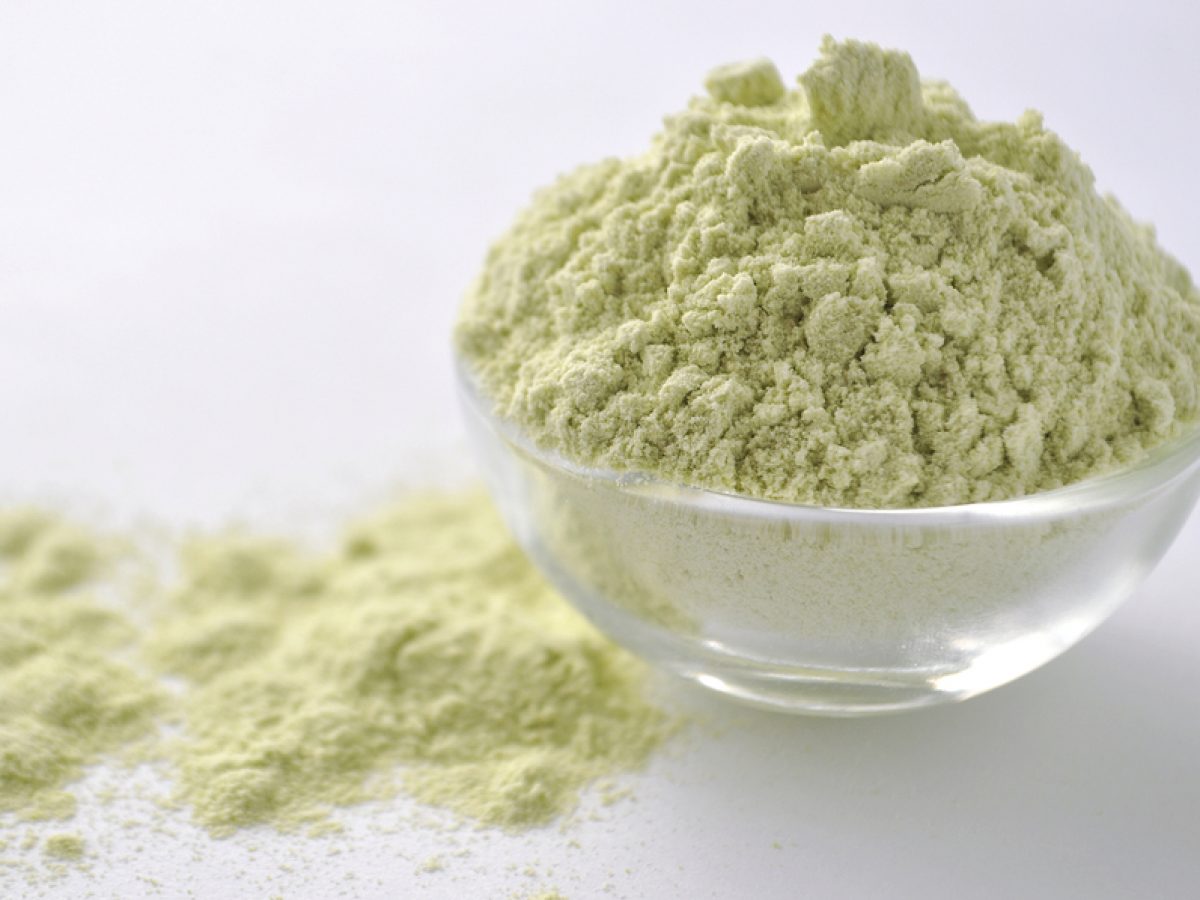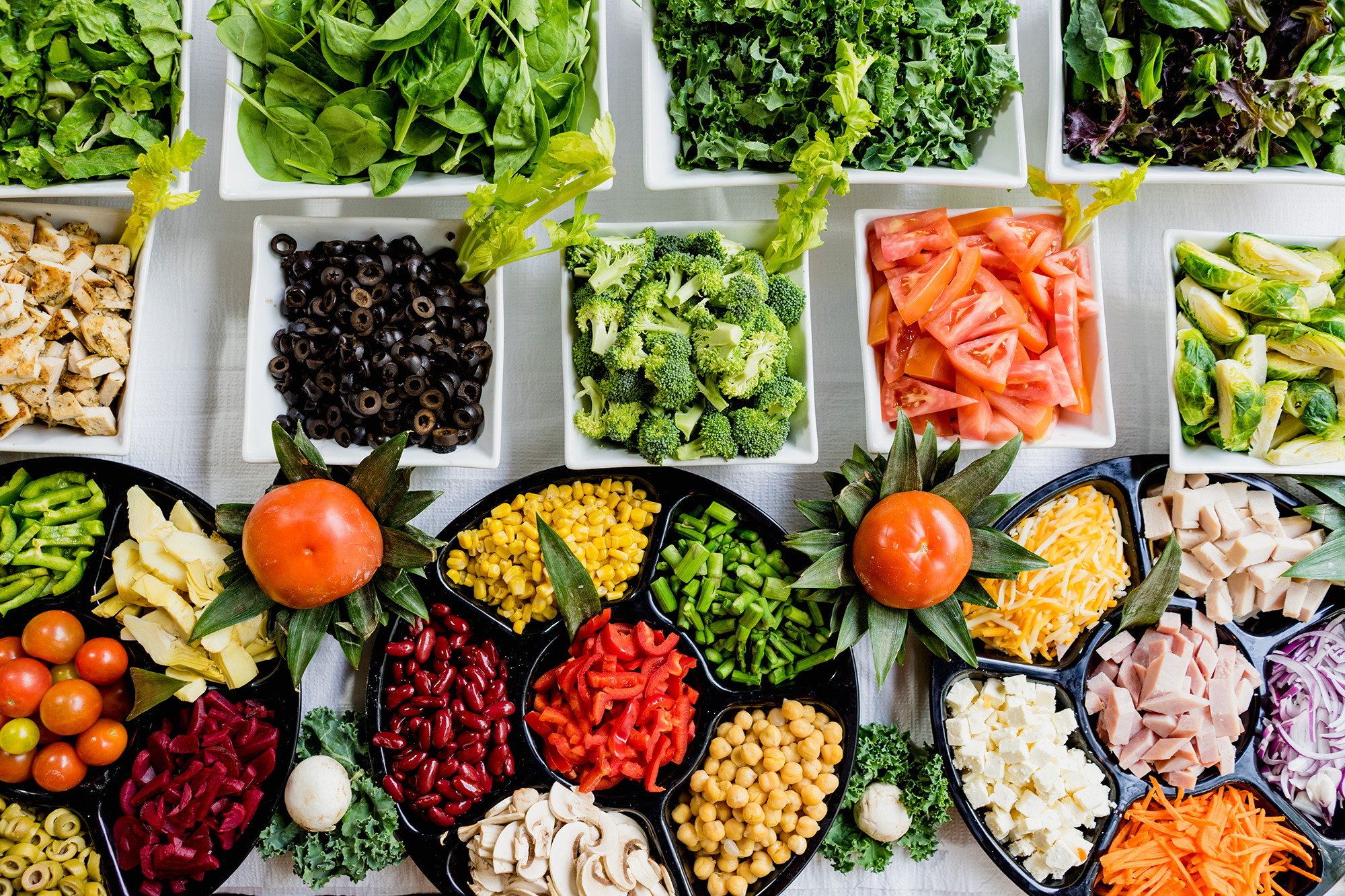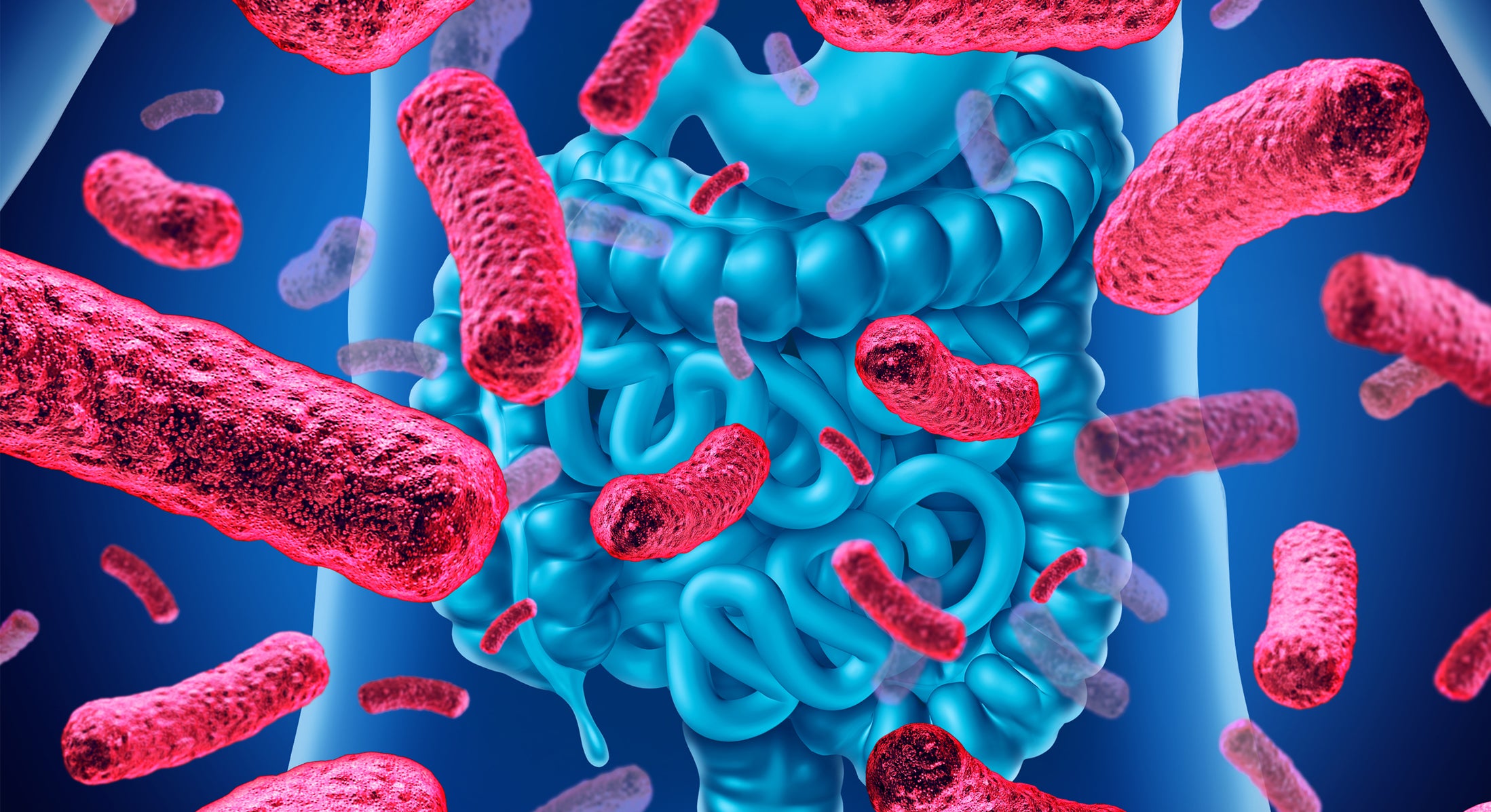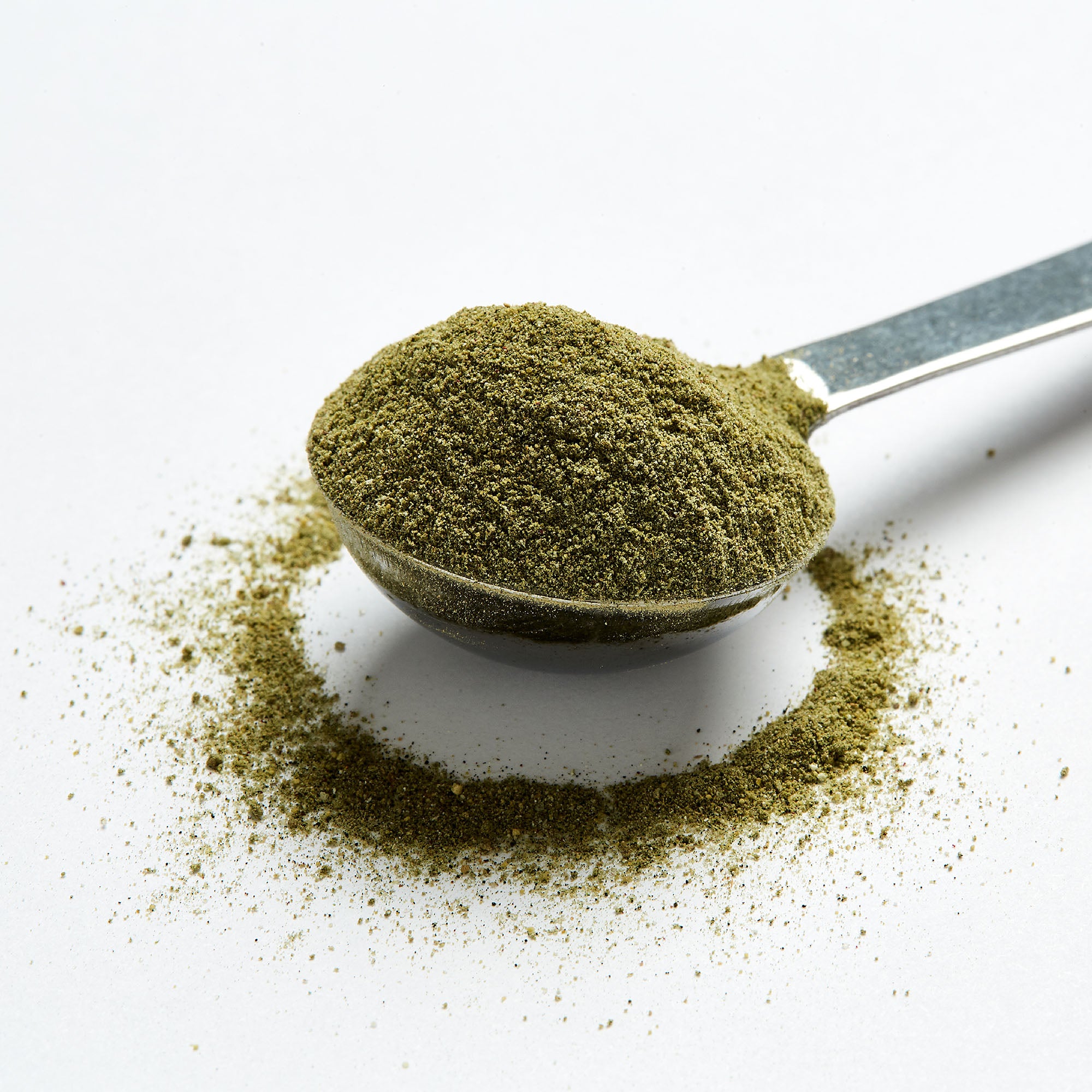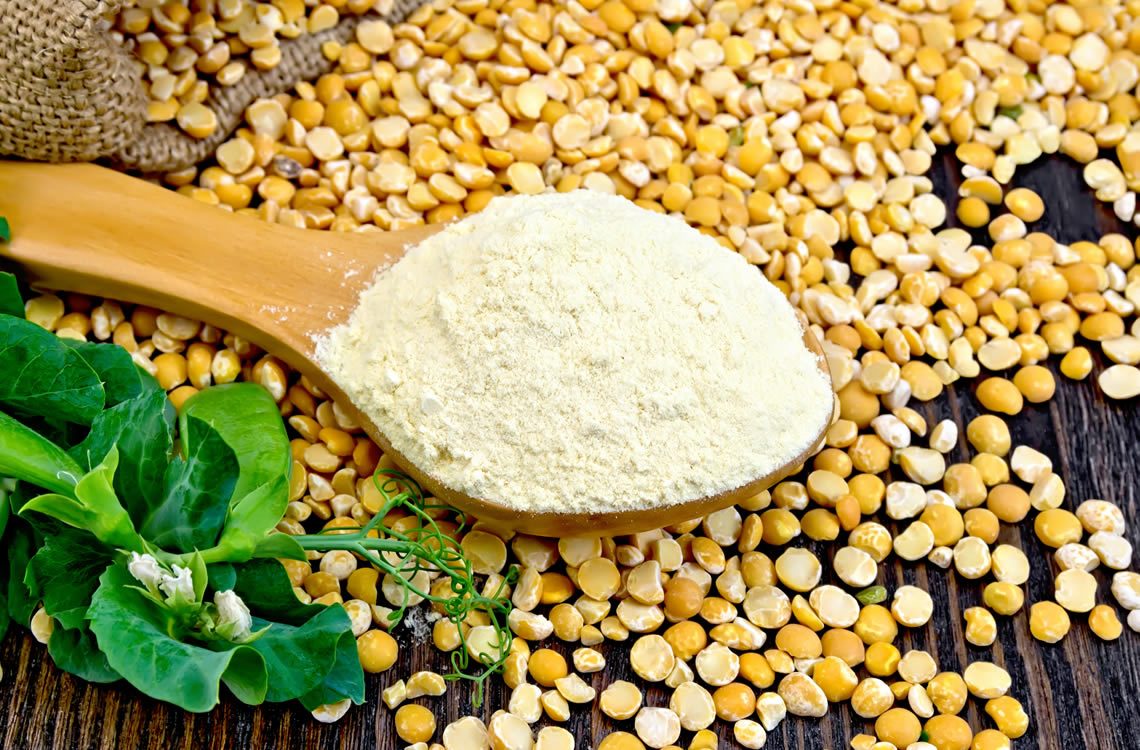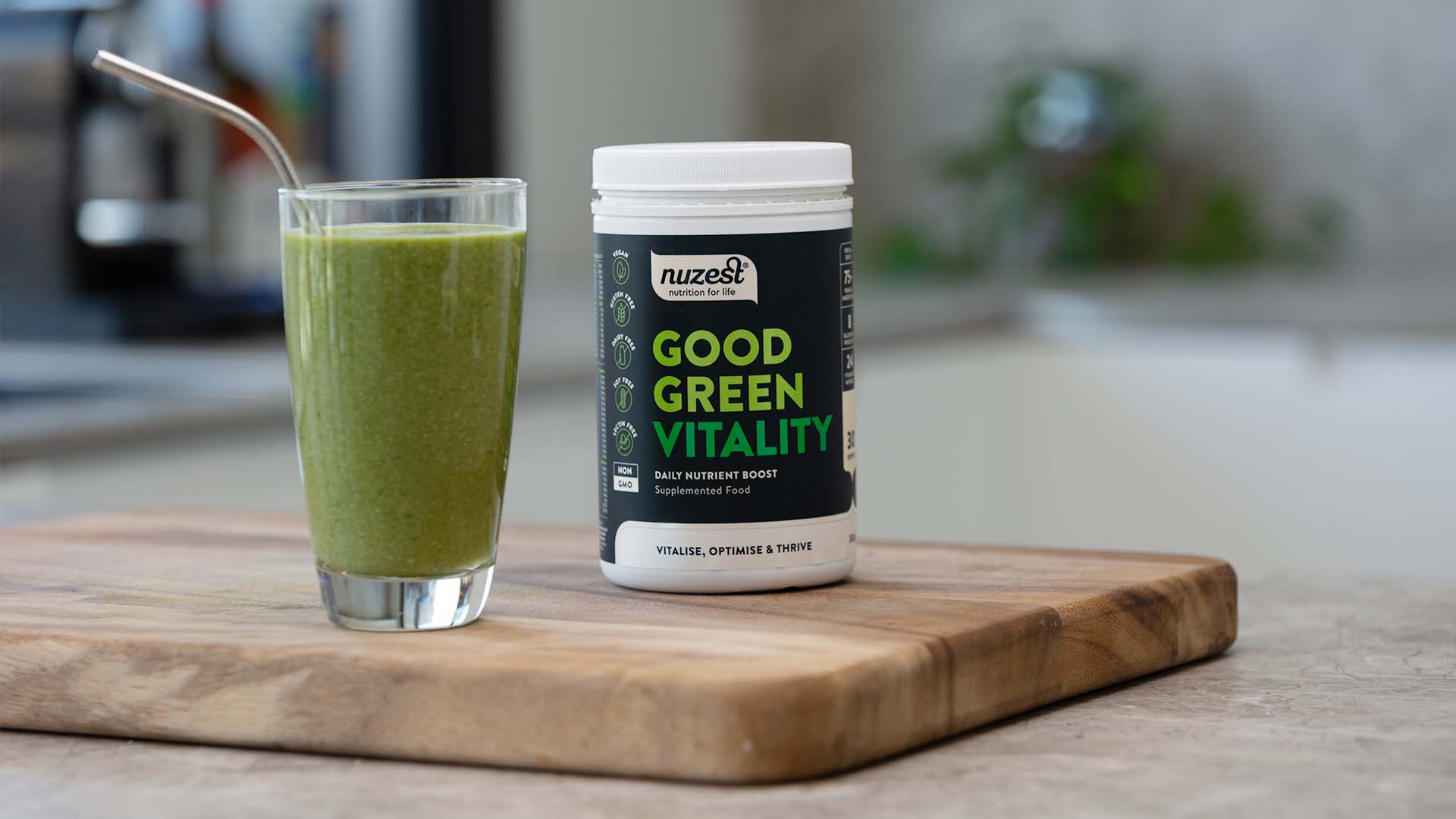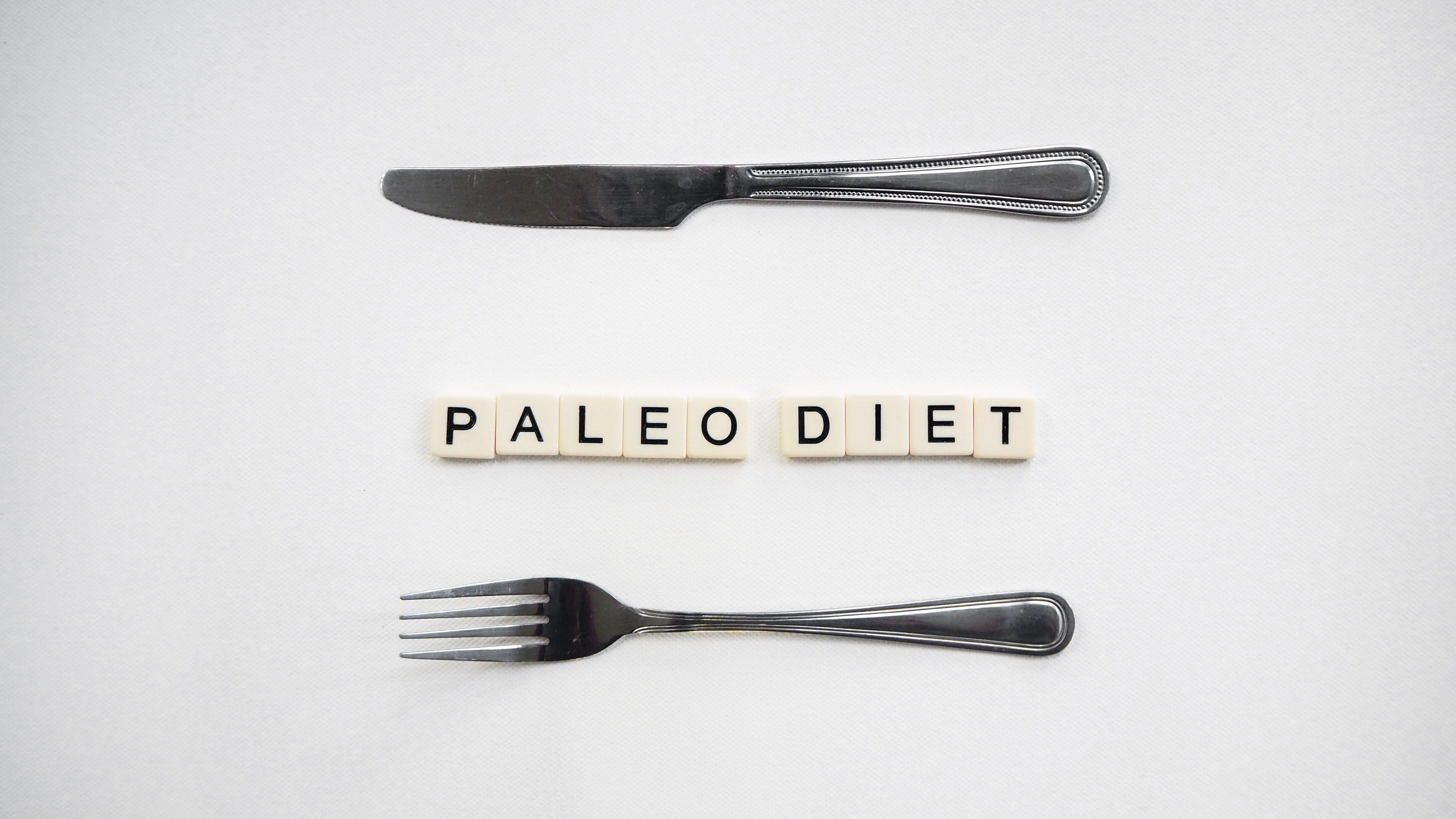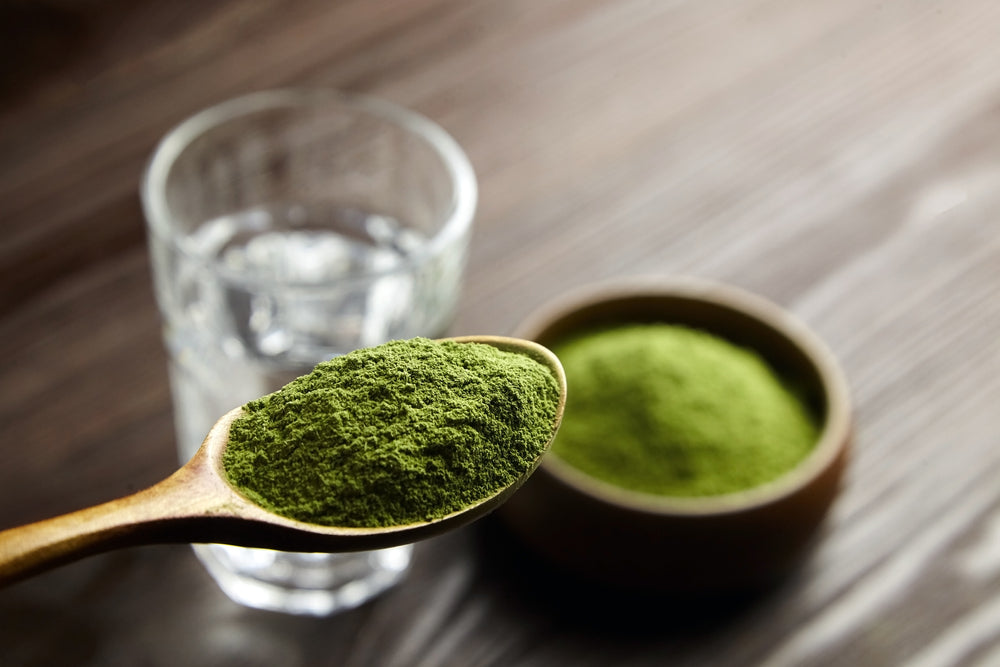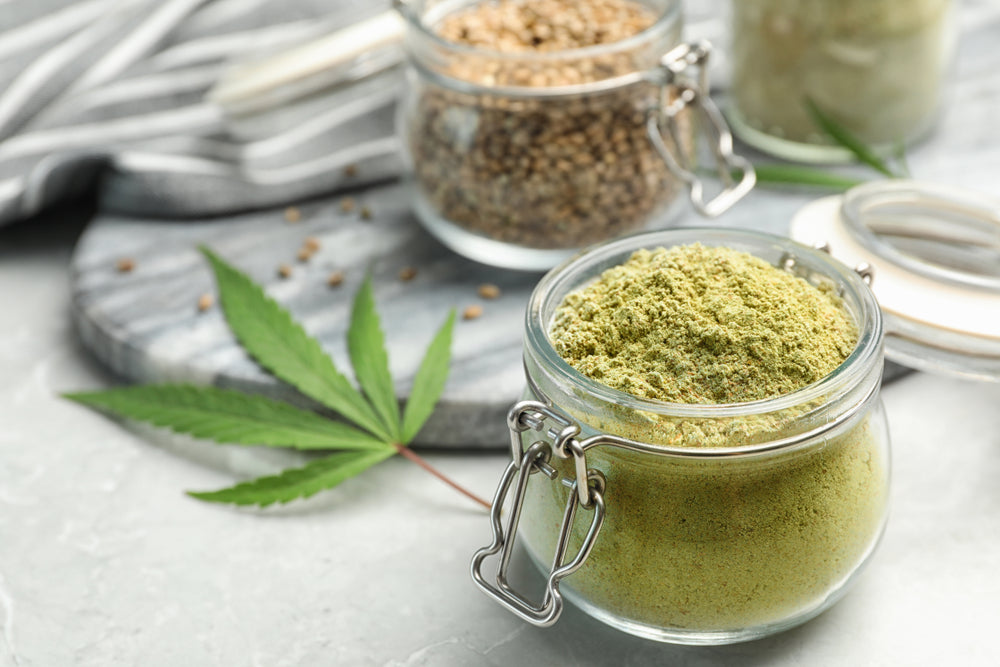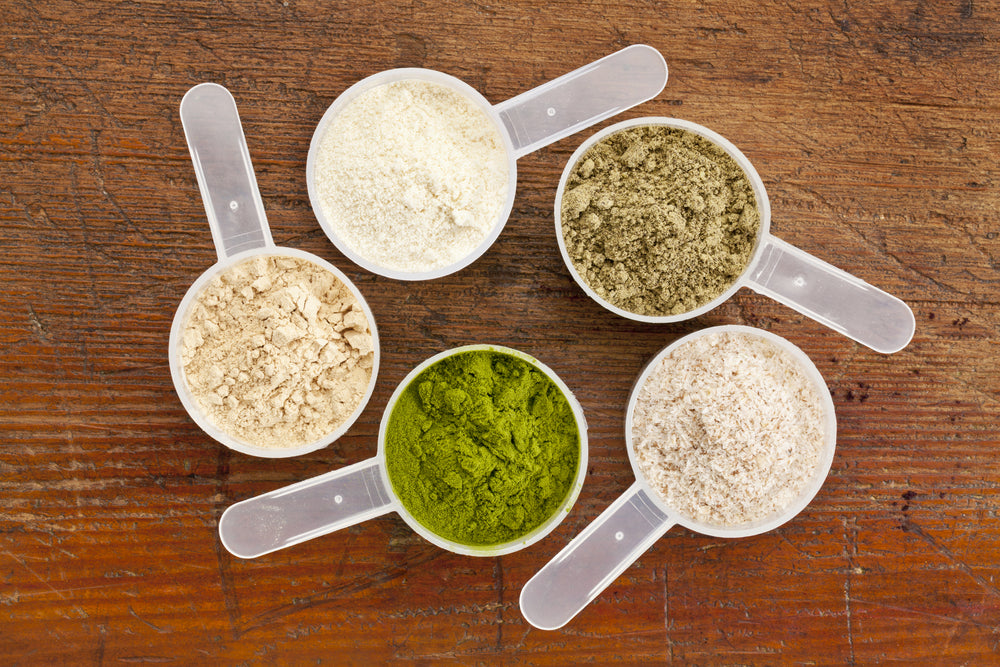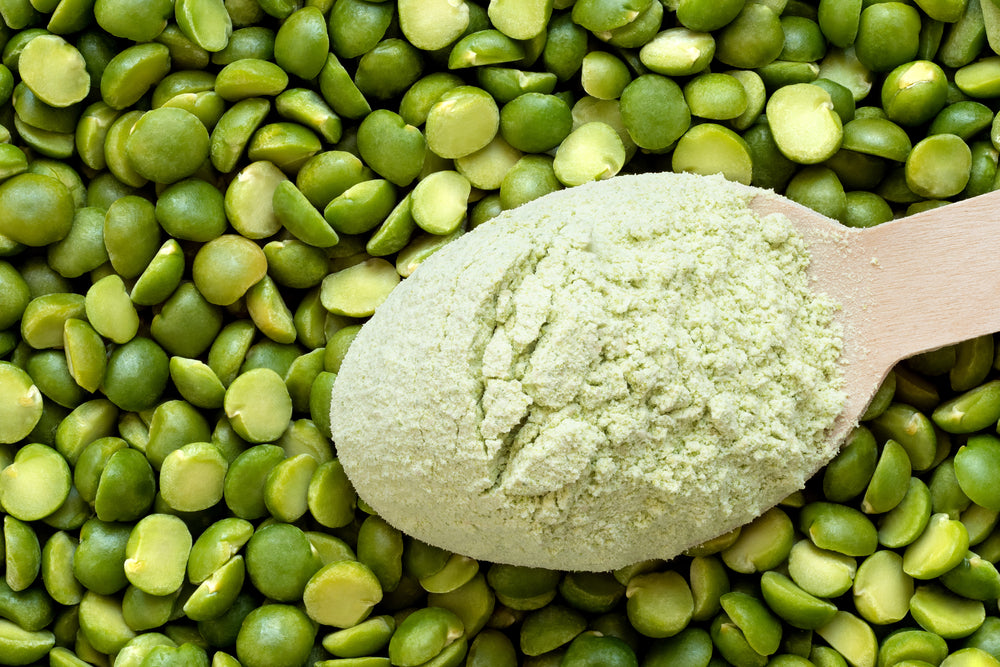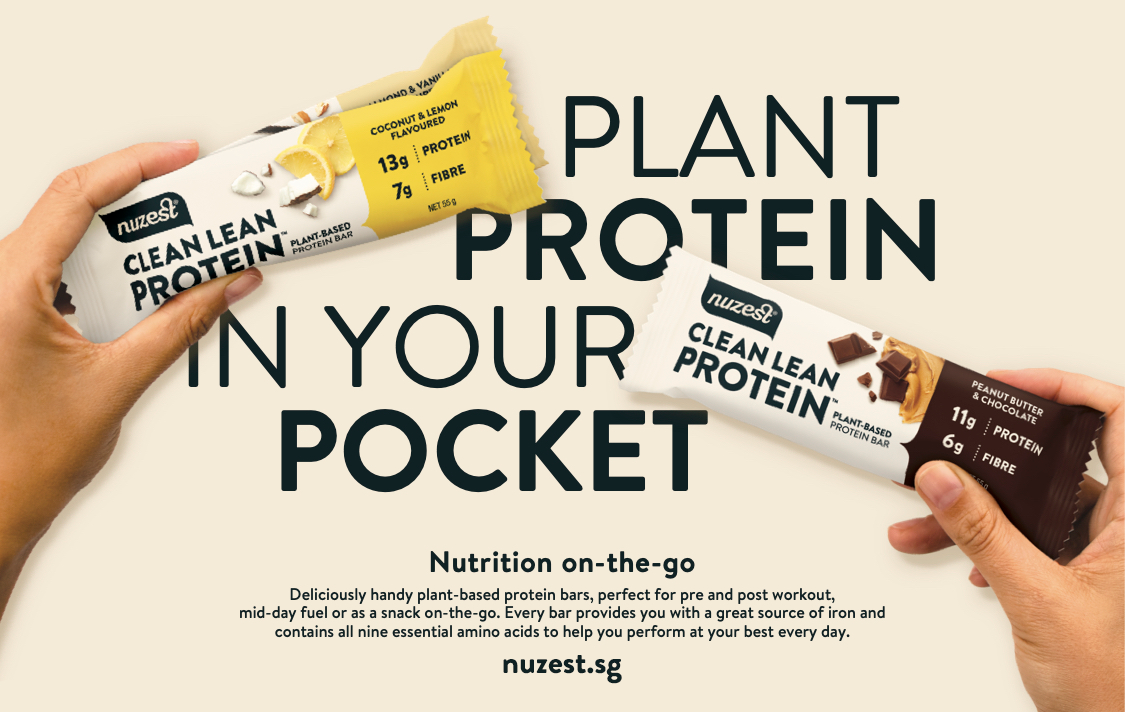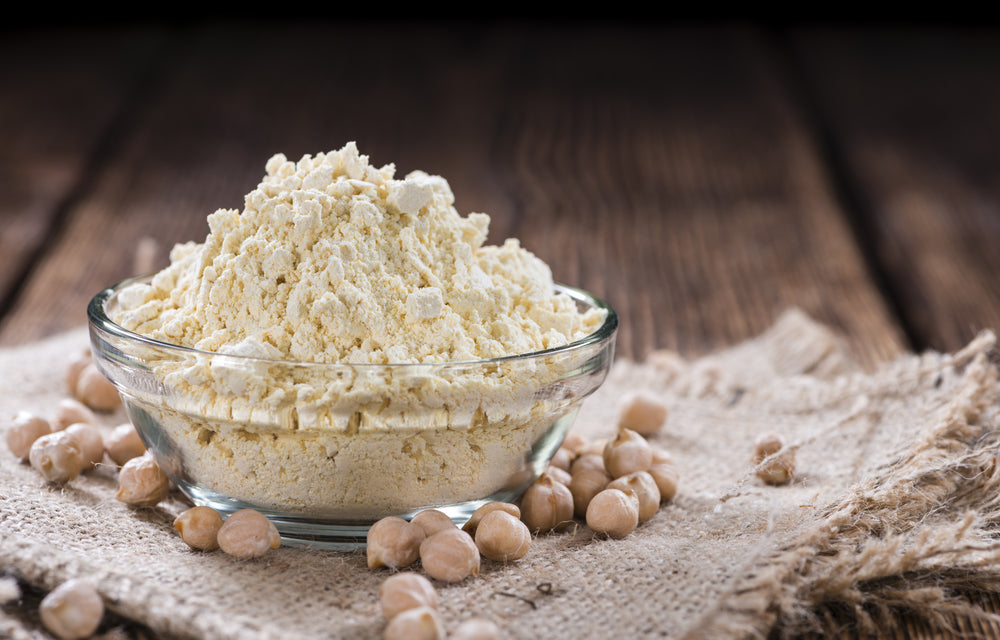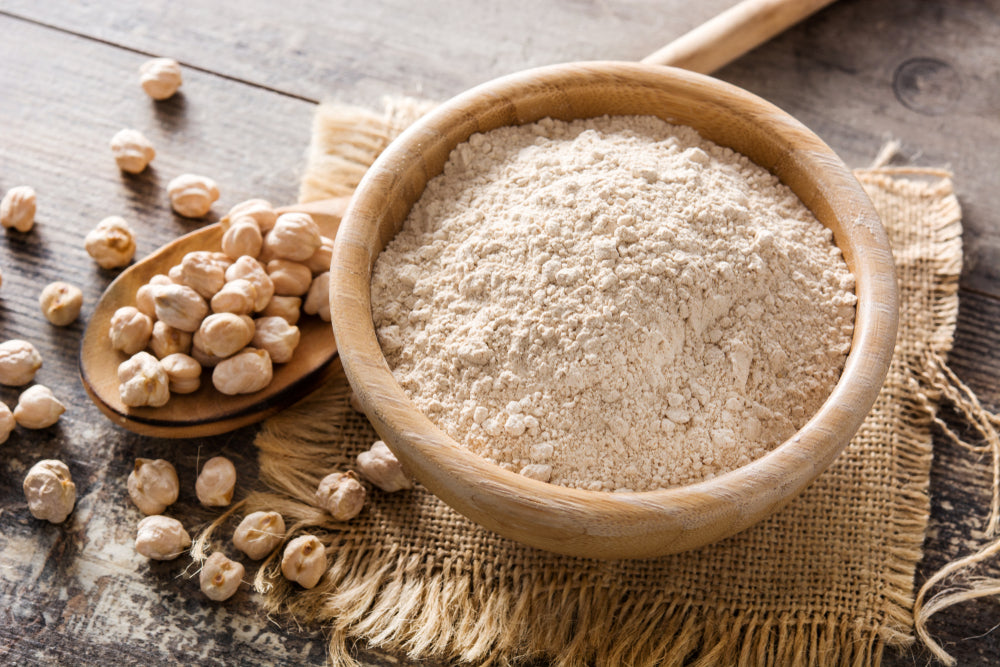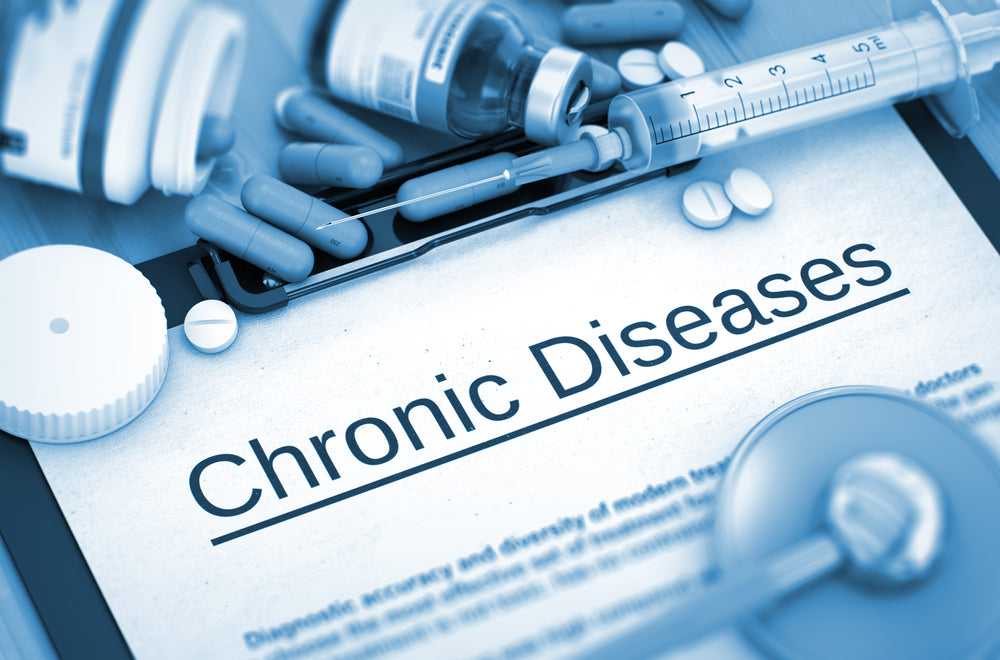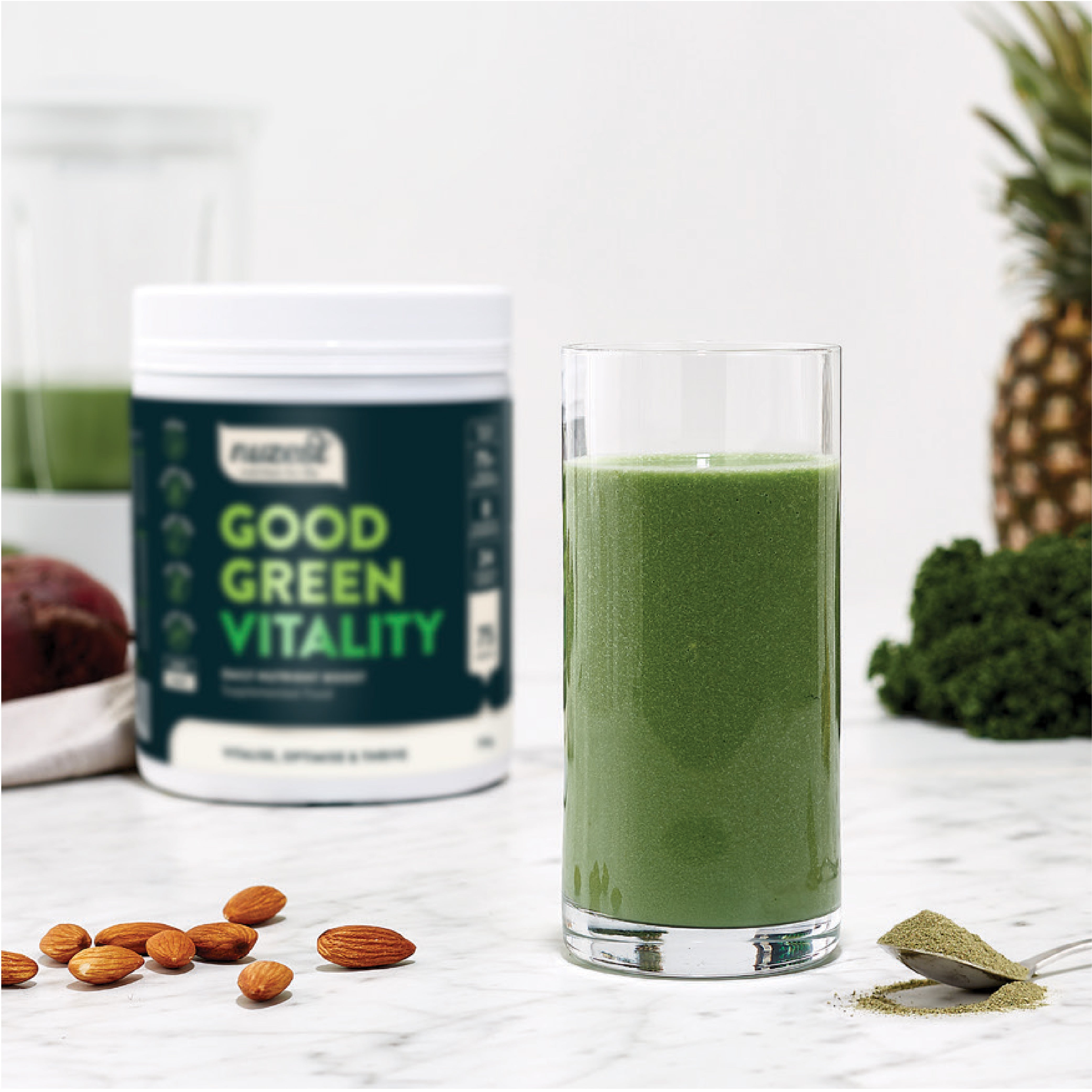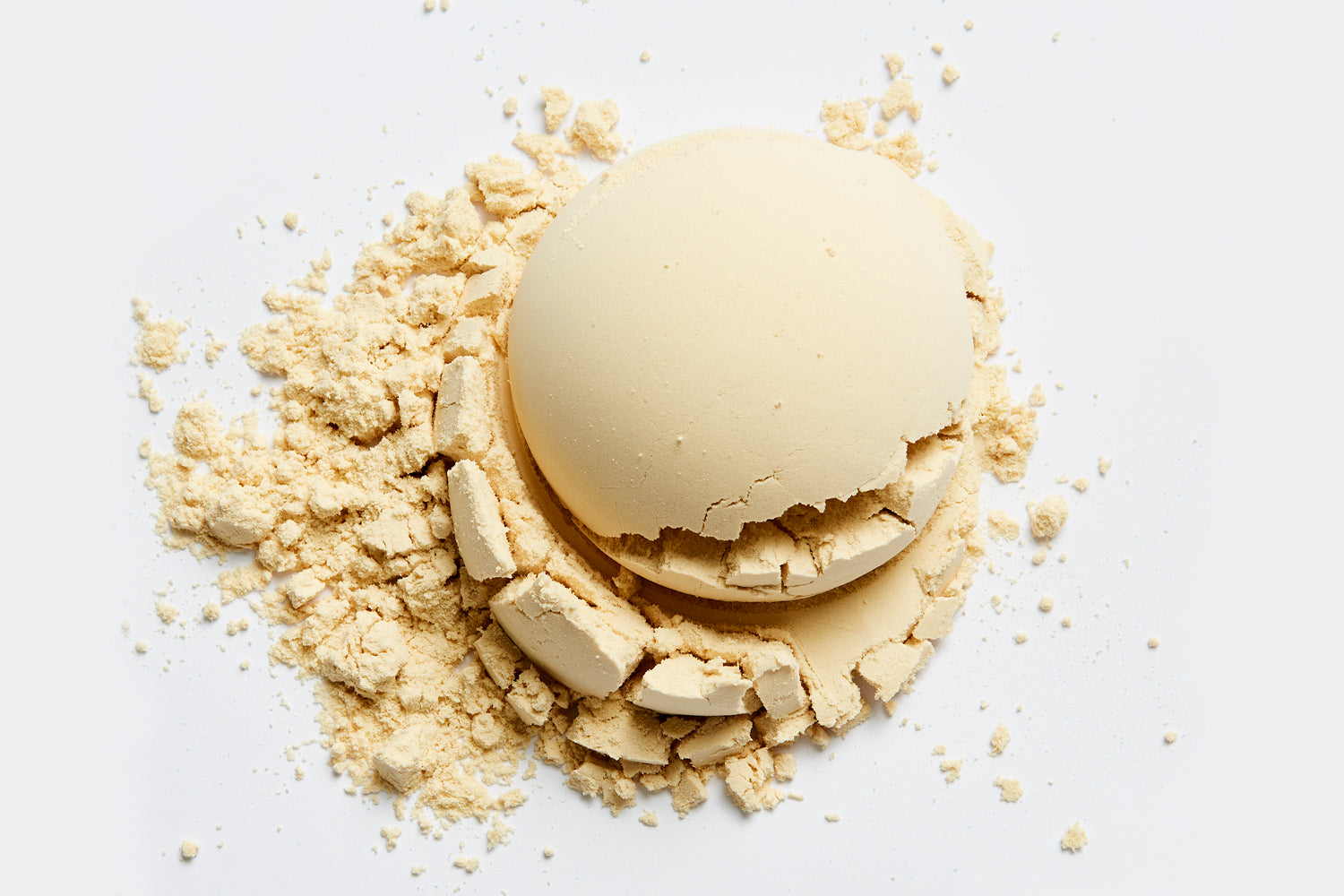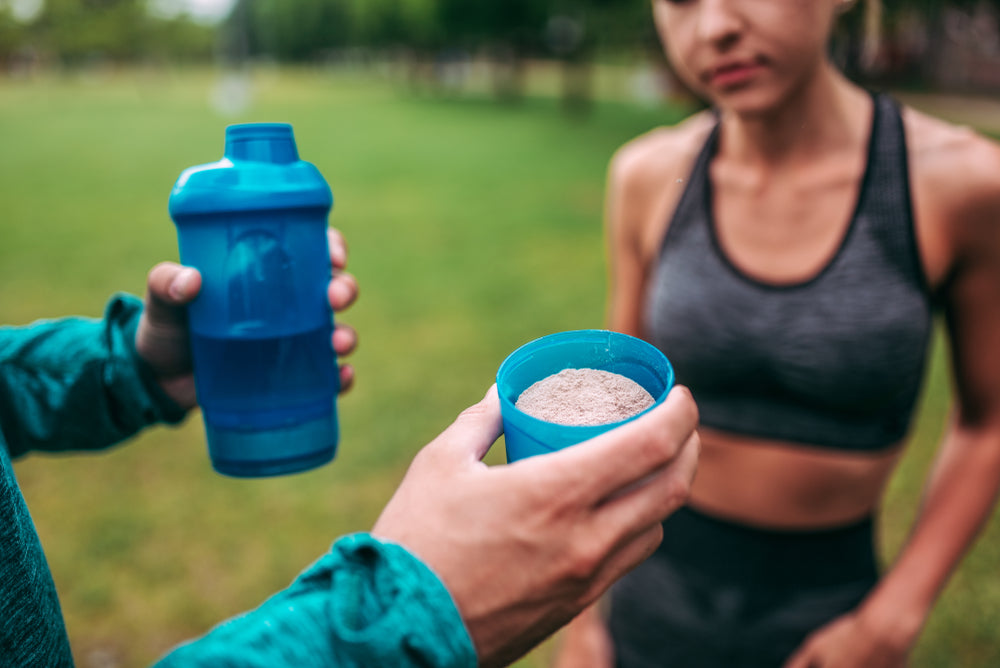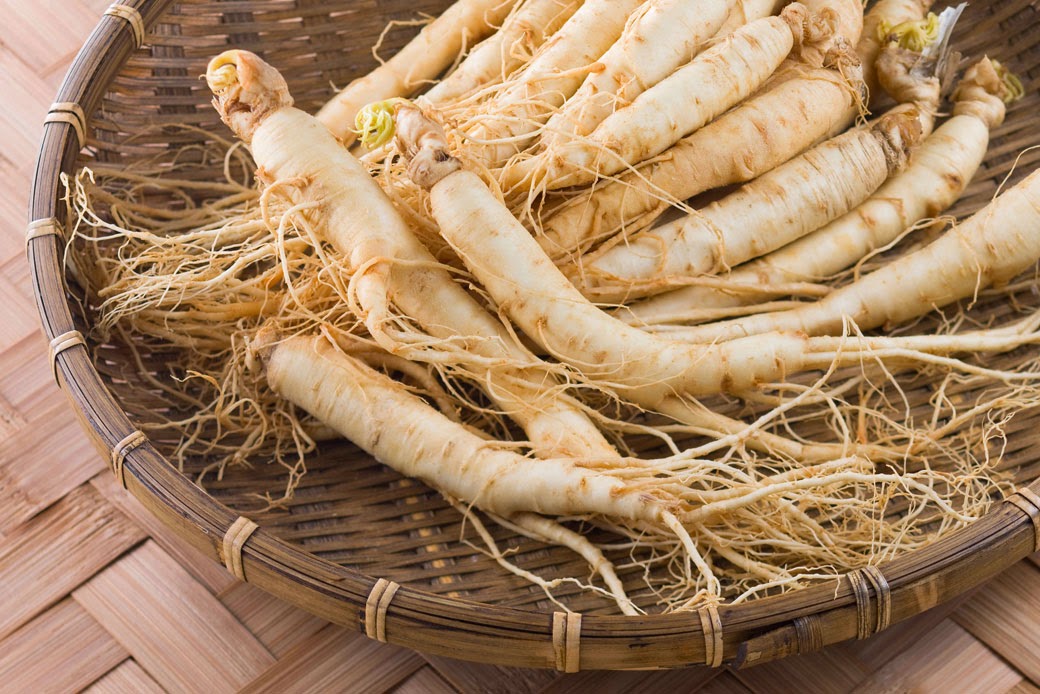Nancy Cheung
Author
(Food and nutritional science major student at CUHK)
Inadequate nutrition from diet, is common in Hong Kong. The staple diets of Hong Kong citizens, has changed with lifestyles and the environment. In this article we look into the causes of these nutritional deficiencies, via factors such as:
- Poor eating habits.
- Popularization of processed foods.
- The process and impact of refining.
- The influence from Western cultures.
We also address those lifestyle changes specifically related to the diet which are contributing to the negative statistics.
4 Primary Causes of Inadequate Nutrition in HK
1. Poor eating habits tied to fast-food
Many people in Hong Kong eat fast which has proliferated the amount of fast food which is consumed. As the name suggests, it is "fast"!
It can be delivered to you quickly and you can eat quickly. You may finish a meal in less than 30 minutes. Hong Kong people live at a fast pace and given this, they think this is both time-saving and convenient. However, it goes unnoticed that most of the food suppliers have added food additives that can be detrimental to your health over time. Popular fast food establishments serve options that contain almost no vegetables or fruit. So, it lacks certain nutrients needed by the human body. If you always eat at a fast-food restaurant, you won’t get enough nutrients.
In addition, these fast-food restaurants are widely distributed. There is always one nearby, such as Café de Coral and some provide 24-hour service. When you suddenly feel hungry at night, fast food restaurants will always help you. In general, fast food is indeed very convenient.
2. Popularization of processed food
Processed foods have become more and more popular, not only because people want to save cooking time, but also because they are already flavored with fat, sugar, salt, perhaps even artificial colors, flavors, or other chemical additives.
Depending on the degree of processing, many nutrients may have been destroyed or removed. Peeling outer layers of fruits, vegetables, and whole grains may remove plant nutrients (phytochemicals) and fiber. Heating or drying foods can destroy certain vitamins and minerals.

3. Refined food = Eating Well?
Some refined foods, such as white flour buns and white rice, are considered by many to be a sign of good eating and a modern way of eating in Hong Kong. However, these foods have lost their original fiber and minerals during the manufacturing process. Instead, fat, sugar, salt, and/or other food additives have been added.

4. Influence of western culture
Advances in science and technology have made the food on the Hong Kong market more diverse. Western food culture has also been introduced, changing the traditional Chinese daily meals.
Consumption of fruits and vegetables in Hong Kong
The World Health Organization (WHO) recommends at least 400 grams of fruits and vegetables a day to prevent various chronic diseases as these are rich in vitamins, minerals and dietary fiber. Based on this guidance, the Hong Kong Department of Health promotes the "two plus three daily" balanced diet information, recommending that the public eat at least two servings of fruit and three servings of vegetables a day (a dish refers to a bowl of half-cooked vegetables, and one fruit is a medium-sized fruit).
However, the "Behavioral Risk Factors Survey" conducted by the Department of Health also showed that 81% of respondents aged 18 to 64 ate less than 5 servings of fruits and vegetables a day!
Added to this, Hong Kong people eat more meat and fewer vegetables. According to the United States Department of Agriculture, Hong Kong's per capita meat consumption is the highest in the world. The average daily consumption of Hong Kong people is nearly 1 pound (about 450 grams) of meat, but an adult’s daily intake of 0.3 to 0.5 pounds of meat is sufficient.
The Hong Kong Anti-Cancer Society found that 34% of the respondents ate more than 3 taels of red meat a day (some doctors suggested that they eat no more than 13 taels of meat per week, which is about 500 grams).
Hong Kong Styled Afternoon Tea
Hong Kong people often eat more than three meals, including afternoon tea. For this extra meal, various snacks, pastries such as pineapple bun with butter, French toast, fried chicken wings and various calorie-rich beverages such as Hong Kong-style milk tea, red bean ice are common.
These snacks are mostly high-calorie, high-sugar, and high-fat and have always been regarded as "junk food." Market research firm Nielsen interviewed 1,000 Hong Kong residents. 62% of the respondents love snacks, and two-thirds would eat street snacks. Among the many packaged snacks, potato chips and chocolate are the most popular among Hong Kong people, while fish balls are the most popular street snacks among Hong Kong people.
The drinks such as lemon tea and lemon water provided by the café and hawker stalls in Hong Kong are also added with syrup and all kinds of soft drinks contain extremely high sugar content. The Consumer Council collaborated with the Center for Food Safety to test 141 Chinese beverages on the market and found that 30% of the samples of hawthorn beverages with high sugar content that drinking only one cup is close to our daily sugar intake limit.

Source: Oriental Daily
6 Healthy Eating Guidelines

Grains: 3 - 8 bowls
Vegetables: at least 3 servings
Fruits: at least 2 servings
Meat, fish, egg and alternatives: 5 - 8 taels
Milk and alternatives: 1 - 2 servings
Fat/oil, salt and sugar: eat the least
Fluid: 6 - 8 glasses
1. Maintain a balanced diet
Dietary Reference Intake (DRIs):
-Carbohydrates: 50-65% Energy Complex carbohydrates (whole grains) provide a feeling of fullness that can prevent you from overeating. Foods high in simple sugars are often high in calories but low in nutritional values.
-Fat: 20-30% Energy (<10% saturated; >10% Monounsaturated; 10% polyunsaturated) Monounsaturated fats are liquid at room temperature. Eating moderate amounts of polyunsaturated (and monounsaturated) fat can benefit your health. Saturated fats and trans fats are solid at room temperature. These unhealthy fats can increase your risk for heart disease and other health problems. Monounsaturated fats are found in plant foods, such as nuts, avocados, and vegetable oils. Polyunsaturated fat such as omega-3 and omega-6 fats is found in plant and animal foods, such as salmon, vegetable oils, and some nuts and seeds.
-Fiber: 25-35 g/day Soluble fiber can help lower glucose levels as well as help lower blood cholesterol, such as oatmeal, nuts, beans, lentils, apples and blueberries. Insoluble fiber can help food move through your digestive system, promoting regularity and helping prevent constipation, such as wheat, whole wheat bread, whole grain couscous, brown rice, legumes, carrots, cucumbers and tomatoes.
-Protein: 10-15% of total daily calories Proteins are absorbed and transported in blood as amino acids. Excessive amino acids can be converted into lipid or glucose for storage or energy provision. Moreover, foods high in protein are usually high in fat as well.
2. Avoid refined carbs.
Avoid eating foods high in simple sugars or refined carbohydrates and high-fat foods, such as fried foods, margarine, butter, cream, meat products, cheese, mayonnaise, nuts, seeds and so on. This helps reduce fat and calories absorption.
3. Take your time
Eat Slowly and savor the food. Do not skip breakfast, which will reduce your metabolic rate. Do not eat late at night.
4. Reduce sugar.
Reduce consumption of sugar-sweetened beverages. The need of fluid consumption varies from individual to individual, depending on body size, metabolic rate and the temperature of the environment. Please consult your family doctor if necessary.
5. Eat fresh
Take fresh fruits and vegetables instead of high-calorie snacks like potato chips, fish balls.
6. Take the right supplement.
Take supplement to compensate for the perceived or potential inadequacy in the diet to avoid dietary deficiency disease.
Good Green Vitality is a comprehensive blend of micro-algae, fruits, vegetables with more than 75 ingredients helping to fill the gaps in our modern diets and providing nutritional support for the whole body.
This plant-based product is designed to be suitable for vegans, from children to the elderly.
You can also try out our Good Green Vitality Bar as a snack to obtain the vitamins and minerals for health. It is a convenient way to get your daily fix of Good Green Vitality.
Good Green Vitality
Made with real food, providing all-in-one nutritional support, free from all common allergens and containing absolutely zero bad stuff, Good Green Vitality is naturally good, easy-to-use, incredibly delicious and perfect for all members of the family.
Reference.
- https://www.chp.gov.hk/en/static/104048.html
- https://www.cfs.gov.hk/tc_chi/programme/programme_rafs/programme_rafs_n_01_19_CHOICE_469.html
- https://www.epochtimes.com/b5/8/1/18/n1981725.htm
- https://hk.on.cc/hk/bkn/cnt/news/20161211/bkn-20161211140449552-1211_00822_001.html
- https://medlineplus.gov/ency/patientinstructions/000785.htm
- https://www.hsph.harvard.edu/nutritionsource/carbohydrates/fiber/

